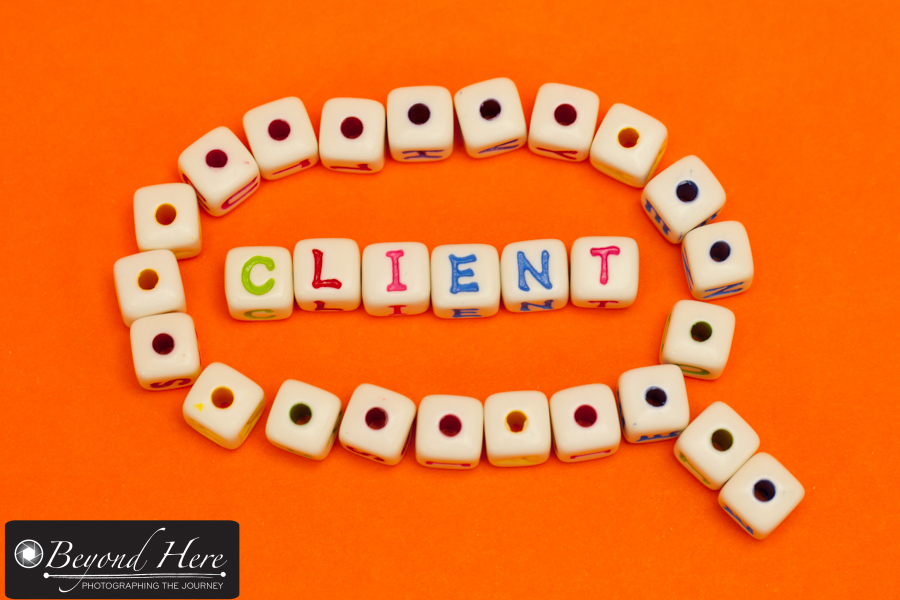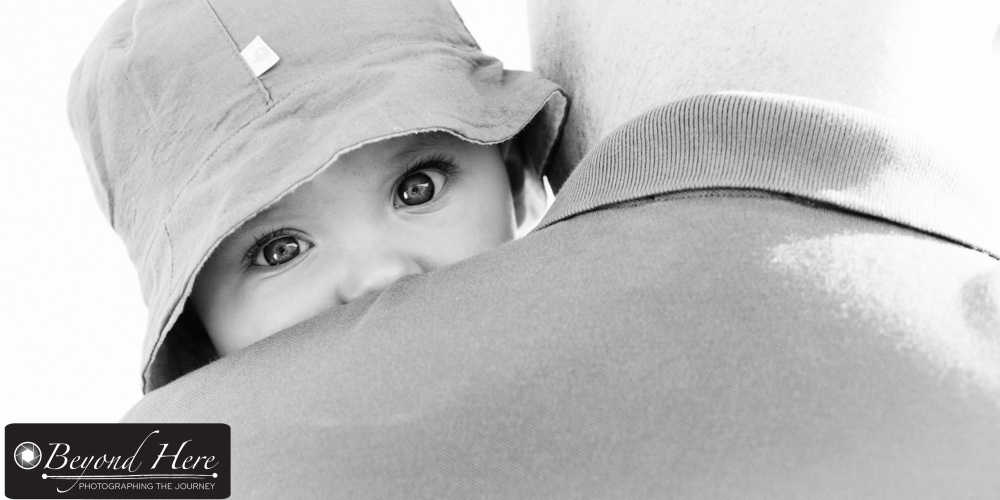This month I have been working with a photographer who is running a successful family portrait business. She has been busy booking and shooting local family portraits very consistently for 18 months. It’s a good news story. She is enjoying creating images for local families and is running a healthy business. Right now she faces a slow down in her bookings, and has asked me to help. It has reminded me again why photographers should keep great client records.
To help her, together we have been working through each aspect of her business reviewing what is working, and what is not. Overall it is a very positive picture. She has been busy for 18 months and has a large group of happy clients.

Thinking about clients? Good record keeping will helps generate new work from past clients.
In our discussion, her first question was ‘I’ve never had a slowdown in bookings before – how do I generate more clients?’ My response was – maybe you don’t need new clients. Maybe you just need to contact your old clients to see if you can help them again.
As an example, one of her first clients had a 4 year old and a new born child. It was the arrival of the baby that prompted the family to have the first portrait shoot. My suggestion was that she re-contact this client. The family’s 4 year old will be just over 5 now and is likely to be starting school – what a great time to do another family portrait session. And then we realized – the photographer hadn’t kept contact details for each client. She didn’t have a way to easily contact the family to explore a second shoot.
So that leads us to, why photographers should keep great client records. I have summarized it into 5 key reasons:
(1) Past clients should be future clients. If a client is happy with your service once, they are more likely to be your client again – but you need to have kept their contact details and relevant information. Only a small percentage of past clients will spontaneously contact you years after the original shoot. Collect relevant client information, so you can use it in future.
(2) Times change, but the photographer doesn’t need to. In family photography there is natural change as children grow up. If you have a client with a new born baby, it won’t be long until there are toddler pictures to shoot, birthday parties, and then shots as the child starts school. This progression continues through primary school and into high school. If you do it really well, you may end up shooting their high school graduation images, on to their wedding, and their own children. Think of your client as a relationship you will nurture, not as a one time ‘job’.

In family photography, there is a natural on going demand for images as the child grows
(3) Clients will send you referrals – make it easy for them. All photographers find that happy clients send them referrals. This is easier for clients if you have kept in touch with them. I sure don’t want a client I worked with saying ‘we’re really happy with the images, but I can’t remember the name of the photographer’. Keeping good records helps you stay in touch. And staying in touch makes it easy for clients to send you referrals.
(4) Past clients are a great source of ‘short notice’ bookings. If you have an opening in your schedule for a shoot next week, past clients offer great potential to fill that gap. Here is the main part of an email I sent to a past client 4 weeks ago “Hi R, I hope you and P are going well. I have had a client cancel their session next Sunday, so I wondered if you would like to do a mini family shoot before the kids go back to school? My normal price is $XXX but as you are my existing client I can offer it to you for $YYY. If you are interested, we can do it in the park near your home. What do you think?” If you have kept your clients email and mobile phone details this is a fast, effective way to fill your calendar.
(5) Happy clients will write testimonials. Social media has made it very easy for word to spread quickly. As photographers offering a service to our clients we need to make the most of this. Keeping good client records makes it easy to ask for testimonials and feedback, which helps to generate more clients.
The photographer who asked for my help now has a system for recording client details and a plan for how and when to contact them. She came to me with a short term business problem, and now has a plan for long term success. I hope this has been helpful to you too, and that you understand why photographers should keep great client records.






